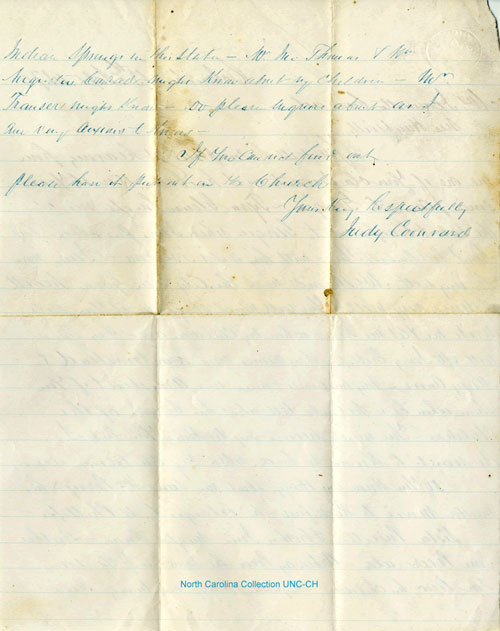Library Journal is a semi-monthly magazines aimed at librarians. I read it regularly because it’s a good source of book reviews and news on forthcoming books. Like a number of other reviewing sources, Library Journal uses a star to draw the reader’s attention to a book that is particularly good. The July 2007 issue contained reviews of four forthcoming books from North Carolina authors, all of which received starred reviews. Mark your calendars for these books:
Sarah Addison Allen. Garden Spells (due out in August)
John Hart. Down River (October publication date)
Margaret Maron. Hard Row: A Deborah Knott Mystery (due out in August)
Robert Morgan. Boone: A Biography (October publication date)





